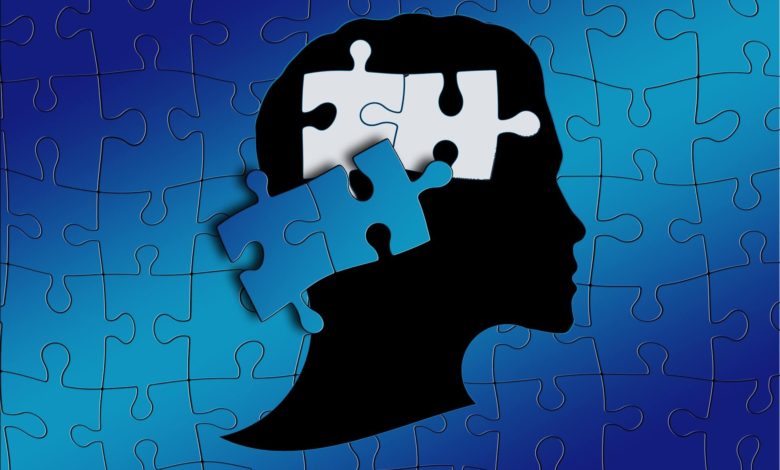False Facts About Dyslexia

Dyslexia is a special learning disability with a neurobiological origin. It mainly affects accurate and fluent reading. The person has difficulty in recognizing words and spells them incorrectly. Another result is the reading comprehension problem, which is called the problem of comprehension. The characteristic features of dyslexia are difficulty in phonological awareness and verbal memory and speed of verbal processing. Some difficulties may arise with dyslexia such as language-motor coordination, mental calculation, concentration and personal organization. However, these alone are not considered symptoms of dyslexia.
Symptoms of dyslexia differ according to age groups. To put it briefly: speaking later than most children and having difficulty with spelling words in kindergarten; difficulty in establishing the connection between letters and sounds between kindergarten and 4th grade; spelling difficulty and avoiding reading aloud between 5th and 8th grade; poor memory skills, reading very slowly with too many mistakes and having difficulty in summarizing between high school and university; and in adults, there are various symptoms such as difficulty in planning and organization or hiding reading problems.
75 different reasons
There are many different causes of dyslexia. These are genetic and hereditary disorders, brain-based problems in coding the writing language, effects of environmental factors during or after pregnancy, problems in early language development, and repeated ear infections in early childhood. Dyslexia does not result from low intelligence as it is supposed to be.
There can be 75 different reasons behind a person being dyslexic and unable to read. Some of them are as follows: Problems in pronunciation of letters, deleting letters from the words (e.g. glass-glas) / adding (e.g. gleam-gleamy), interchanging some letters (e.g. animals-aminals), problem in recognizing sounds with close pronunciation (e.g. m-n, b-p), problem in recognizing letters with similar appearance (e.g. b-d), problem in saying multi/monosyllabic words, repeating/throwing words in the sentence, forgetting the content of the reading text, skipping the line, reading the word in reverse (e.g. top -pot), giving full attention to reading but not understanding the meaning of the sentence or word read, reading without paying attention to punctuation, or reading special words as they are written. Item 61 and later includes many different psychological problems such as depression, anxiety, hyperactivity, lack of attention, lack of self-confidence and separation anxiety. If the client has a problem with psychological items between 61-75, psychotherapy should be started along with the solution of that first problem(s) or treatment of reading problems.
The right test for the right treatment
In order for the correct treatment to take place and to overcome the person’s dyslexia, it is necessary to determine with an appropriate test that which of these 75 items has occurred. These items should be checked in order to reach the goals and to evaluate the problem and its type. So, while starting the treatment, the therapist will know in which department the client’s problem has occurred. Initially, the treatment starts with simple exercises to control the neuropsychological condition, to stimulate neurons and to change dendrite, axon and cell structure.
After determining the type and percentage of the problem, a very important step in treatment is taken. While a person has a problem with 5 items, a different person may have a problem with 30 items. One of the important points at this stage is that each individual has his own problems and therefore a separate treatment plan should be written for each person. The therapist should never start treatment with all of the problematic items at the same time. Treatment should start from the most frequent mistake and go to the least repeated item. In this way, the result is achieved faster and treatment is carried out more regularly.
There are 5 different types of dyslexia. Different types of intervention are required for different types of dyslexia. This shows that determining the existing varieties is important.
5 different types of dyslexia:
Subsequent Dyslexia: In this type of dyslexia, the parts of the brain that control reading and writing are traumatized or injured.
Deep Dyslexia: A type of non-genetic dyslexia, in which the left side of the brain is affected, often due to head injury or stroke.
Superficial Dyslexia: It is a type of dyslexia characterized by difficulty in recognizing and spelling the whole word.
Developmental Dyslexia: It’s genetic and hereditary. It develops in the first years of life and does not recover without special educational treatment. It is the most common type of dyslexia.Phonological Dyslexia: It is a type of dyslexia that is a result of phonological deterioration in which the basic sounds of the language cannot be directed and managed and words (especially meaningless words) cannot be spoken and spelled easily.





